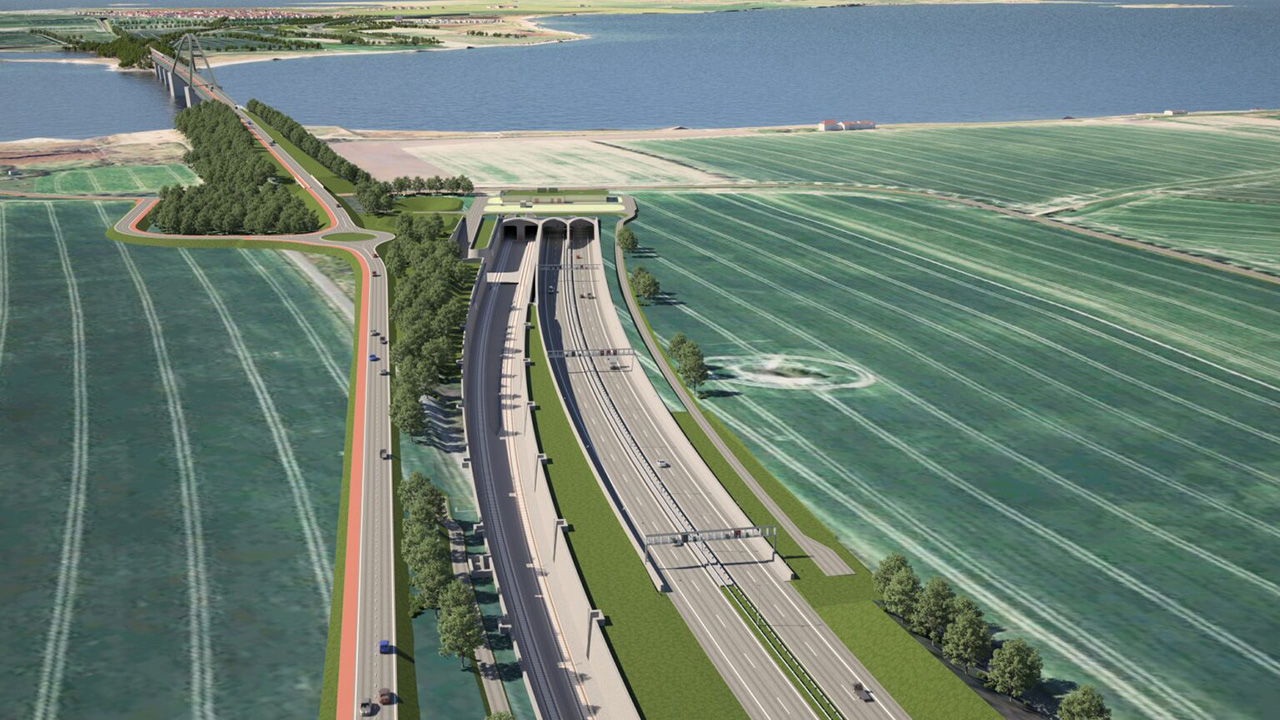Unlike the longer 50-kilometer (31-mile) Channel Tunnel between England and France, the Fehmarnbelt Tunnel will accommodate both road and rail traffic. It is one of Europe's largest infrastructure projects and will be built by immersing pre-fabricated sections.
The 89 pre-fabricated segments, each 217 meters long, 42 meters wide, 9 meters tall, and weighing 73,000 metric tons, are being constructed at a facility in Roedbyhavn on Lolland. These segments will be placed in a trench, with the deepest point 40 meters below sea level.
CNN reports that the tunnel is expected to provide environmental benefits by making trains a viable alternative to air travel and promoting electric cargo trains. Michael Løvendal Kruse from the Danish Society for Nature Conservation stated, "Faster passage of the Belt will make trains a strong challenger for air traffic, and cargo on electric trains is by far the best solution for the environment."
Despite opposition from environmental groups, ferry companies, and local municipalities, a German federal court dismissed complaints about unfair competition, noise, and sediment spills.
Currently, the quickest route between Germany and Denmark is a 45-minute ferry ride used by millions annually. The tunnel will reduce travel time to 7 minutes by train or 10 minutes by car and will shorten the train journey between Copenhagen and Hamburg from four and a half hours to just two and a half hours.
Source: CNN

